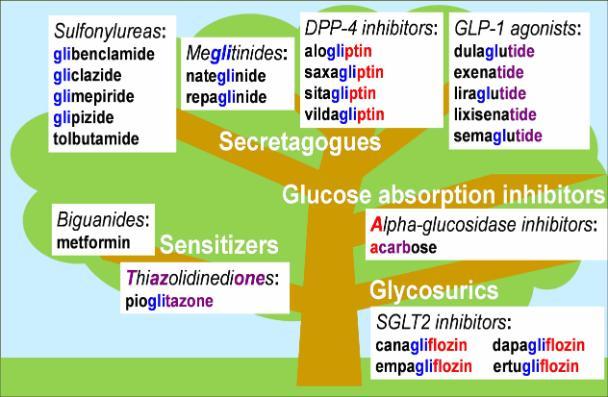
Helen Potter from Nursing has been shortlisted for the University Staff Awards in the category of Partnership of the Year. This is for Helen’s work on drug trees, which she has undertaken with a colleague in clinical practice; the work has now been published. Here Helen provides insight into drug trees and how they have helped nursing students categorise and recognise drug names and discuss their mode of action.
Hello, I’m Helen one of the lecturers in the Nursing Department here at the University of Liverpool.
Ever heard or seen a drug tree? Let me tell you about them.
Nursing students are often best placed to identify their own learning needs - and our students chose learning more about medication, specifically, their ability to classify drugs by type or indication as one of their most pressing needs.
I can recall as a student nurse not always knowing a medication and asking the senior nurse what it was for, and was often told to look it up. I used to think that this was perhaps because they did not know either. With this in mind, I can identify why in recent times our students were informing me that they were not confident in their medication’s knowledge.
Knowing this I have been working in partnership with nursing colleague Mark Currivan employed at a Local Hospital Trust, now Author of the” Drug Recognition Guide.”
We set about asking students how we could help them with medicines knowledge. When asked, approximately two-thirds of our students expressed a preference for educational material that utilised visual images, a preference loosely described as a ‘visual learning style’. So, we set about thinking about how we could do this easily.
Choosing from a range of ideas the concept of a tree and its branches was chosen as a way to display drug groups. ‘Drugs Trees’ were then created to display a variety of medication categories such as antidiabetic drugs, antihypertensives, and anti – thrombotic, etc.
I, along with Mark are not technical wizards so things are still simple using PowerPoint but at the click of a mouse, each branch of a tree seamlessly morphs into the next. Each branch explains and displays a specific class of medication; culminating in a final screen on which all of the medication in that category (i.e. antidiabetic drugs) is displayed. Colour-highlighting drug name stems, ‘-gli’ in canagliflozin or sitagliptin makes identifying and classifying drugs much easier.
The Drug Trees are now embedded within the nursing programme and in year 2 student nurses undertake a summative assessment, using the drug trees as their revision aid and from them, medicines questions are developed. Recent examination results demonstrated our students clearly have the ability to categorise and recognise drug names but also have ability to discuss their mode of action. This is very encouraging for the continuation of the trees.
If I’m being honest the journey has been long in formulating new trees and designing and formatting assessment questions. However, the tree collection is still growing. Currently, there are ten trees, virtually a small forest. A future goal is to develop an App.
Finally, nothing pleases me more than a student reporting they have been able to successfully identify the medicines on a patient’s prescription gaining positive praise and acknowledgement form their assessor. This is not our tree success, but the success of them belongs to the students as they have embraced the concept and have strived to develop their knowledge and confidence which is then passed onto patient care.
One of our year 2 student nurses, Charlotte has noted:
'The trees have helped me get to grips with a complicated subject. Using coloured lettering is such a simple idea, but it really makes a difference.’
Please see an example slide for the Type Two anti-diabetic drug tree.

Thank you, Helen